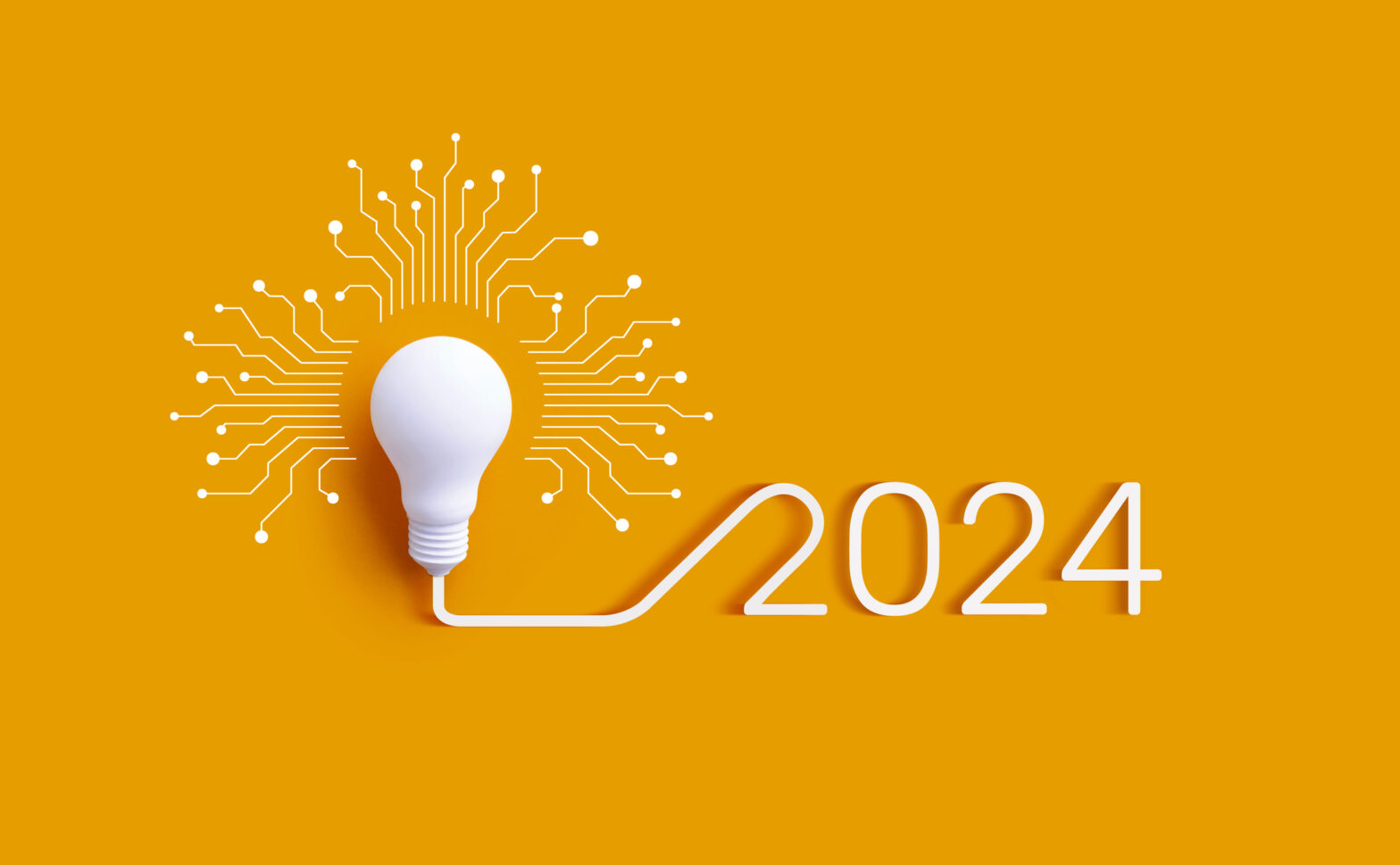SmallBusiness.co.uk teamed up with Ideas into Profit to offer you this guide to writing an effective design brief.
Where do you begin?
It’s a common mistake to begin developing a product while the brief is in a state of flux, with ill-defined goals and objectives. Irrespective of the complexity of the device you’re developing, all briefs should have certain common elements.
See also: Top tips for entrepreneurs looking to launch a new product
Start by clearly defining all of the objectives. Some areas of the design process may impact upon the brief at a later stage, but this is no substitute for having a comprehensive brief as your starting point. Involving the designers at an early stage in development helps to inform the brief and reduces the chance of misunderstandings.
Key components and questions to ask
– Who is the product aimed at? Define your market. Failure to do this may result in a brilliant product that appeals to entirely the wrong market sector. Or it may appeal to the right group of end users, but have inappropriate functionality, visual language or material properties. If your product crosses between user groups, it may require more than one variation.
– What are the anticipated production volumes? Knowing how many of the proposed product you intend to make has a profound effect on the choice of production processes and materials. This will impact on the development programme, time to market and business investment.
– Does it have to conform to any statutory or voluntary standards? If you don’t understand or address this area, you may develop a product which you are not legally allowed to sell. Failure to integrate the requirements of any standards will almost always incur expensive redevelopment.
– What does it do and how does it function? Although this may be obvious to the inventor, your designers must fully understand the functionality of the device and how and where the end user is likely to use it.
– Why is it better than your competitors’ products? Having an accurate awareness and understanding of this aspect of your product is essential – and not just for marketing purposes. If the design team understand the uniqueness of your product and where the differences lie, this will influence their approach.
– Which components are contained within the product? Switching parts, assemblies and components during the design phase can lead to delays and possibly expensive modifications. You may not be able to pin down all your component choices at the early stage, but you should do as much as you can and allow for a contingency.
– Is the product a stand-alone item or part of a larger group or system? Once again this will affect the choice of visual language used. Products in a range may need to have a similar look to fit in coherently. Think Apple’s iPod, even without the logo, it’s easy to spot a product from the range.
– Are there environmental considerations (life cycle, recycling, waste, energy use in production)? This is an area of increasing importance and can have an enormous impact upon material choice and production methods.
Unfortunately, when you are developing a successful product there are always more ways to fail than there are to succeed. If you have addressed the issues outlined here, you should have ensured that your brief is thorough and comprehensive and this will dramatically improve the chances of success.





